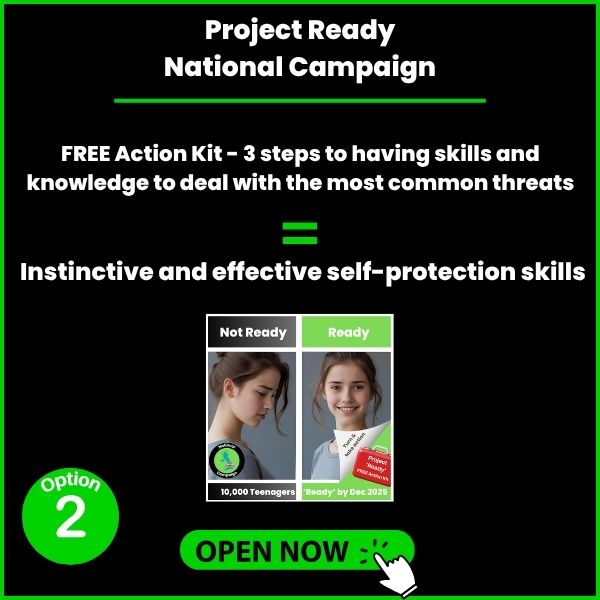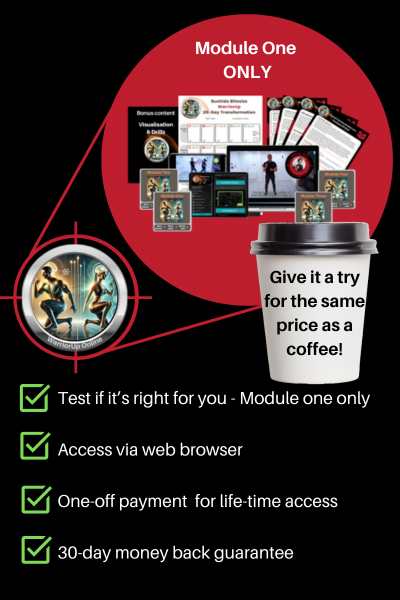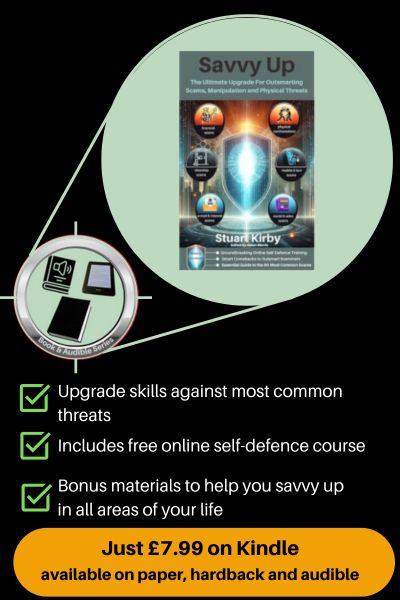
Assaults, harassment, unwanted attention — on trains, in public spaces, on the move. Systems meant to protect us — policing, public transport security, CCTV, reporting services — are struggling.
Under-resourced. Reactive. Leaving us exposed.
Another BBC report reveals that the places we should feel safe aren’t delivering. The question becomes: What happens next? The answer: we (ourselves) are the only solutions. We must take our safety into our own hands. And the good news? We don’t need hours, expensive equipment or a specialist bodyguard. We need simple habits, built across time, that turn hesitation into instinct.
The Reality: Systems Aren’t Keeping Up
The data is stark: despite increased reporting, many incidents go unresolved. Many locations are still thinly policed. Plain-clothes officers are deployed, text lines exist (e.g., the British Transport Police’s “61016” texting service) — but they cannot give real-time protection.
When you rely solely on external protection, you place your security in someone else’s hands. That might be fine — until it isn’t.
Why That Means Us Taking Ownership
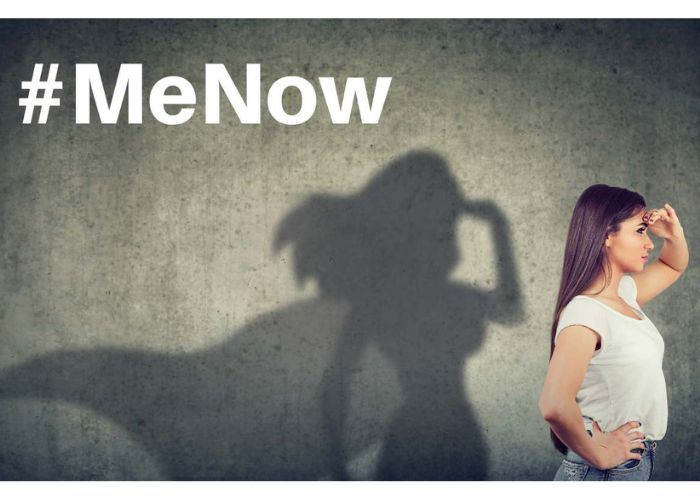
If the safeguard nets are fraying, the gap widens. And in that gap is you, your teen, your friend, your loved one. That’s why readiness must shift from an optional skill to an everyday practice.
This is where our message diverges from reaction to preparation.
The world has already heard #MeToo — the outcry after something happens.
But now it’s time for #MeNow — the quiet, determined stand we take before it does.
That’s why the image above matters: a woman looking out, not in fear, but in focus — aware, composed, ready to act for herself.
Because it’s not about living in fear, it’s about living with awareness. It’s about responding when the moment calls for it — not waiting for someone else to intervene.
The Habit + Drill Strategy
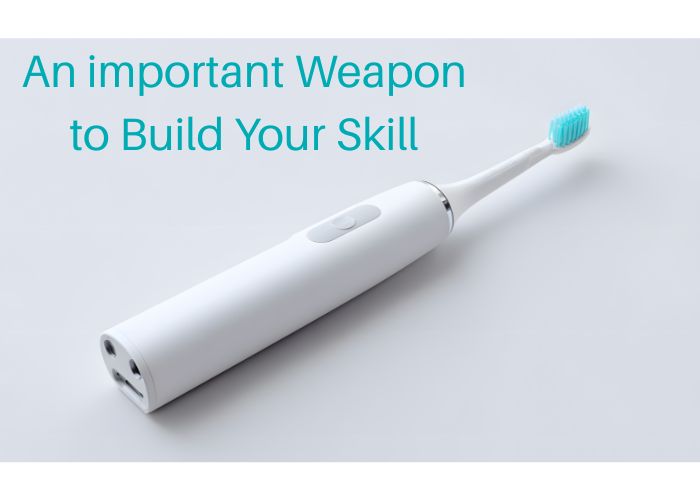
Here’s where it becomes actionable:
Pick one day in the week (for example: every Wednesday evening) to watch a short video (under 10 minutes) from our WarriorUp Smart Series.
In that video: a drill (under 30 seconds) that you and your teen practise daily — before breakfast, before bed, or better yet: right before tooth-brushing.
Habit-stack it: link the drill to an automatic behaviour (tooth-brushing). Drill → brush. Week after week. Instinct begins to wire in.
Over time: a simple block, turn, step becomes instinctive protection.
What That Builds?
- Confidence: knowing your body can respond.
- Awareness: noticing what’s off instead of ignoring.
- Calm readiness: not adrenaline panic.
- Joint practice: parent and teen together → builds trust, communication and empowerment.
Making It Routine (and Why You Should)
You might think: “We don’t have time.” “It’s unlikely it’ll happen to us.” “We’ll rely on the system.”
But data says the system is under pressure and incidents are rising. So the question flips: Why would you not train for it? Even if it never happens, the confidence you gain shapes how you live. You carry yourself differently. You walk taller. You speak up when you’d otherwise stay quiet.
Conclusion
This isn’t fear-mongering. It’s realism. The protection around us might be good — but they aren’t enough.
So build your own. And teach your kids to do the same. One short video a week. One 30-second drill a day. One habit stacked onto another.
Because when the moment comes — whether it’s a train platform, a dark street, or a corner of a schoolyard — replace the freeze. And act.
And that makes all the difference.


